 Written by ContentPowered.com
Written by ContentPowered.com
Dropshipping is a business centered around connecting people. On one side, you have the manufacturers of a product. On the other side, you have people interested in that product, but unaware of it. If you can refer the second group over to the first, and make money when they make a purchase, you can be quite successful.
Enter Facebook. The first question is simple; is Facebook worthwhile for dropshipping? Well, let’s look at it analytically. What does a dropshipper need to be successful?
- As large an audience of potential customers as possible.
- Access to as much relevant information needed for making a purchase.
- A good way to make dropshipped products visible.
So what, then, does Facebook provide? Facebook is a massively huge social network with literal billions of users worldwide; perhaps the largest single audience you could reach. Users on Facebook often simply hand out personal information like candy; maybe not to you, but to the Facebook system, which you can access via ad targeting. And, of course, Facebook – and their companion site Instagram – are hugely centered around graphical media, which is ideal for showcasing products you want to sell.
So is Facebook worthwhile for a dropshipping business? I would say definitely. All you need to do is understand the platform well enough to use it effectively, and that’s really not that hard. Facebook’s ads system is complex, but it’s not complicated once you understand a few key concepts.
Facebook Ad Placement
Facebook has a handful of different placements for ads, and a savvy businessman uses all of them. Some are simply better for some tasks than others. Which is which, and which should you use for what purpose?
First up, you have news feed ads. News feed ads appear in the news feed of the people you’re targeting. They look just like any other post, formatted to look like a link post or an image gallery or what have you, depending on your choices and objectives. News feed ads come in two main flavors; desktop and mobile. As you might expect, these are formatted slightly differently, with different dimensions for the ad image.
These are your bread and butter. They are the ads that will get the most traffic to your product landing page, which should be optimized to convert those incoming visitors into customers. It’s fairly likely that the majority of your conversions are going to come from these ads, at least in terms of traffic from Facebook.
Should you pick desktop, mobile, or both? The answer depends on your product and your audience. If you’re trying to sell, for example, some kind of phone case or mobile accessory, it can be beneficial to show your ads to a mobile audience; they’re actively using the device they would accessorize, putting the juxtaposition foremost in their minds. On the other hand, some larger home goods might work best from a desktop.
That said, more and more people are using mobile almost exclusively for their web browsing, which makes it essential to target mobile users. You can’t exclude such a huge chunk of your potential audience. This also means your landing page NEEDS to have a mobile-compatible version, be it a mobile sub-site or a responsive design. You can’t run a mobile ad to a desktop page and expect any conversions whatsoever, if Facebook even approves the ad in the first place.
The second ad format is the right hand column, or sidebar ad. These are much smaller and tend to be little more than a graphical box with a few words of text. They have fairly notoriously low conversions, but also low costs; this makes them ideal for exposure but not for clicks or conversions. If you want to get the idea of your product in the minds of your users, these ads are great. If you want to sell the product, they’re much less great. They also only work for desktop users, as mobile Facebook has no sidebar.
The third ad format is the Facebook Audience Network. This is the Facebook equivalent to Google’s DoubleClick; ads that display on websites and in apps that have decided to use Facebook ads to earn some money. These can be excellent, or they can be a waste of time and money. I recommend experimenting with them, but keep your cost per conversion in mind; if the costs are too high, it might be better to dial back to just the Facebook platform ads.
The fourth ad format is Instagram ads. These appear as sponsored posts on Instagram, since Facebook owns the image-sharing site and uses the same ad system for both.
Instagram is much like the audience network; potentially very good for dropshippers, so long as you’re able to convert that traffic. Give it a shot and see how it goes.
Ad Structures for Dropshipping
Dropshipping is much like affiliate marketing; the value is not in selling one expensive product, it’s in selling a lot of inexpensive products. This means the average dropshipper has a whole catalog of potential products they can sell, either within one niche or throughout several niches. Some successful dropshipping entrepreneurs have multiple entire businesses dedicated to different niches. You can keep all of this organizes with the different ad levels within Facebook’s ad system.
At the top level, you have campaigns. Campaigns are like the overarching category for your products. If you have multiple sub-businesses, each one can have its own campaign. If you keep your products generally within the same niche, each major category can have its own campaign. For example, someone who sells sports equipment, car electronics, and wall art might have three campaigns, one for each of them.
Within each campaign, you have ad sets. Ad sets generally should be individual niche categories or even individual products. If you have a business selling wall art, you might have an ad set for anime wall scrolls, an ad set for band posters, an ad set for demotivational/motivational posters, and so on. If you have multiple businesses, you can use ad sets for each broad category within the business. A sporting equipment business might have an ad set for hockey, an ad set for cricket, and an ad set for curling.
Within ad sets are your individual ads. This is where you might have only a couple ads, or a few dozen ads, depending on the scale of your operations.
You are, of course, free to adjust these levels according to your business model. If you only have two or three products, you might have a campaign for each product, an ad set for each broad ad position, and ads inside each ad set dedicated to split testing different audiences or ad factors. It’s up to you.
Dropshipping and Ad Targeting
The major selling point of Facebook ads, for any business, not just dropshippers, is the depth and breadth of ad targeting options. Facebook has an immense amount of data about its users, both on and off the site; you can take advantage of this data to show your ads only to narrow groups of users most likely to be interested in your product.
Let’s take two example products and come up with the ideal sort of targeting for them. On one hand, let’s say you have a lawn game made for small groups of people, something like lawn darts or ladderball. On the other, let’s say you have a high-end cosmetic item, a makeup made with gold flakes to be extra-posh.
First up for targeting, you have demographics. Demographics are the sorts of broad categories people fall into. Age ranges, occupations, hobbies, Facebook interests, life events, and so on; these are broad demographics. You want to choose the best demographic for each product.
For your lawn game, you might choose people who have interests like camping, bonfire parties, and outdoor sports. You’ll want people of almost any age, though you don’t necessarily want the elderly, as they might not have the manual dexterity to play your game. You might want to reach out to people who have a history purchasing similar games.
For your makeup, you likely want to target women almost exclusively. That’s not to say men can’t use makeup, but your high-end gold-flecked eye shadow isn’t likely to be a high selling item amongst men. Age can be anything, but interests should trend towards makeup, high couture, and other indications of someone interested in that kind of item.
Next up you have geographic targeting. Geographic targeting is relevant for two reasons; shipping viability and seasonality. Shipping viability is important! You need to make sure you’re only showing ads to people in locations where your supplier will ship. It does you no good to show your ads to an audience in Australia if your supplier only ships to the USA.
For your lawn game, you need to consider seasonality. In some geographic locations, like southern California, much of Florida, and most of the American south, a lawn game can be viable all year round. It might get a little chilly or a little rainy, but much of the time it’s perfectly viable weather for a lawn game. In the northern areas, however, it might be too cold to play a lawn game that would be buried under six inches of snow. People are more likely to buy your game in spring or summer in these areas, so those times of year, you can expand your targeting.
For makeup, geographic location is less relevant, but timing might be more relevant. For example, during important conventions or major social events, you might get more people looking to buy expensive makeup to fit in. I’m admittedly not an expert in makeup, but you can easily refine your targeting by trying experiments and seeing how they perform.
Facebook also gives you the ability to target custom audiences. If your website has a list of customers already, you can use Facebook’s tracking pixel to market directly to people who have visited your website in the past. You can also upload a mailing list and reach out specifically to those people. If you have a direct competitor, you can make a custom audience made of the fans of that competitor to try to poach their followers. You can also duplicate the audience from one ad over to another, in case you’re exploring a new but similar product.
Successful Conversions and Dropped Sales
Once you’ve invested in setting up ads on Facebook, you need to diagnose any possible faults in your sales funnel. Where in the process does the ad fail?
If the ad is displayed but receives no clicks, the failing is with the ad itself. It’s simply not working. You need to determine whether you’re targeting the wrong audience or using copy that is not sufficiently compelling, and improve from there.
If the ad gets clicks through to your landing page, but you get no sales, there may be something wrong with your landing page. Look to landing page optimization to improve your sales. You should also check to make sure you’re reaching the right landing page with the right ad; a disjoint between the ad copy and the landing page makes users think they arrived in the wrong place, where they would rather leave than investigate further.
If the product page gets clicks through to the sales page, but no completed sales, you should look to your purchasing process and see what your roadblock is. Maybe people don’t like your payment options, maybe shipping is too expensive, maybe there’s a broken script making it impossible to convert on certain devices. Diagnose and solve technical issues here.
And, of course, you can use Facebook targeting with remarketing to reach an audience of specifically the people who click but don’t convert, to give them another shot at it. This can be very valuable, particularly if you’re selling products that require some thought prior to purchase, rather than cheaper impulse buys.
Regardless of your niche, however, Facebook is extremely valuable for virtually all dropshipping businesses. The only exceptions are those where the product is banned from Facebook, like health supplements or regulated products. As long as you’re not on the list, however, you should be good to go.
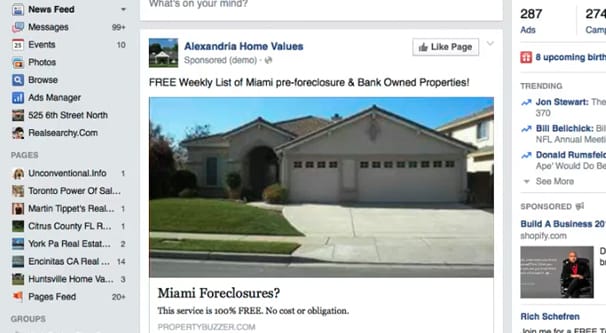
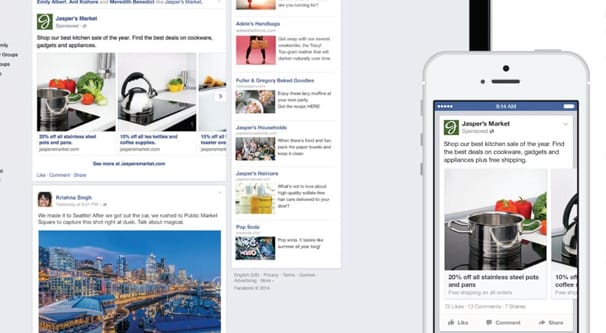
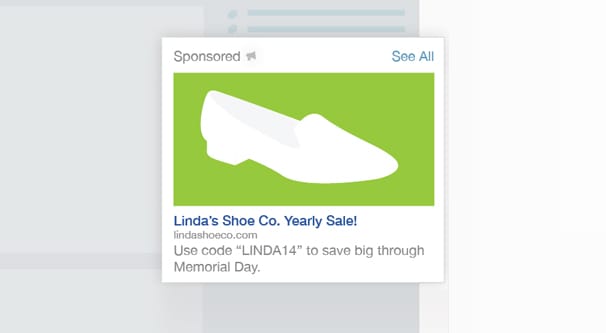

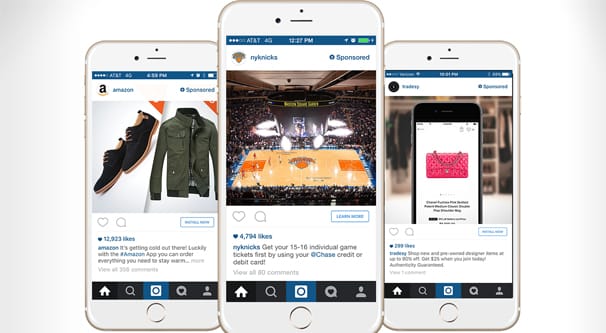
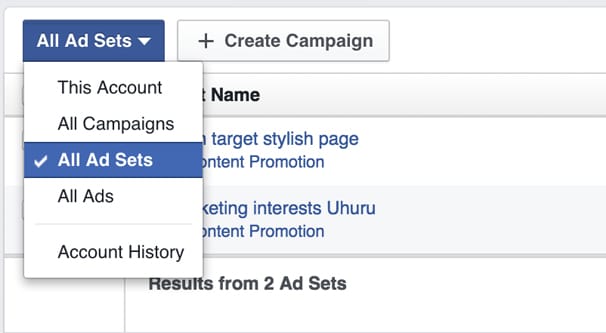

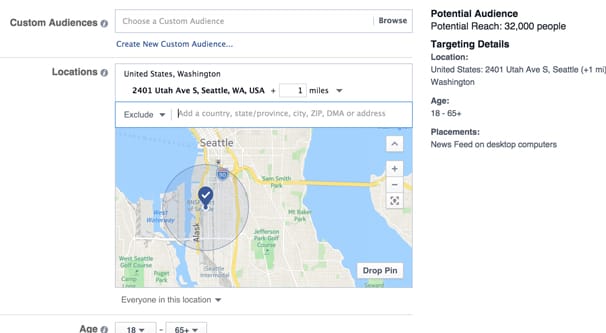
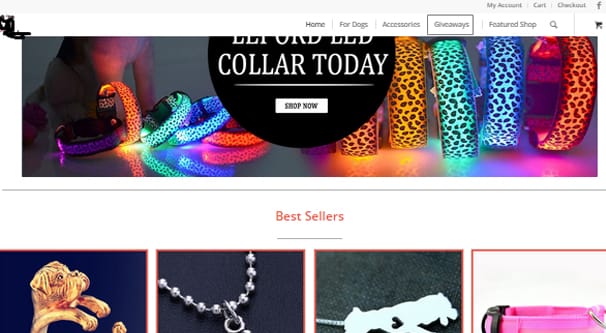
Thanks for the article and tips